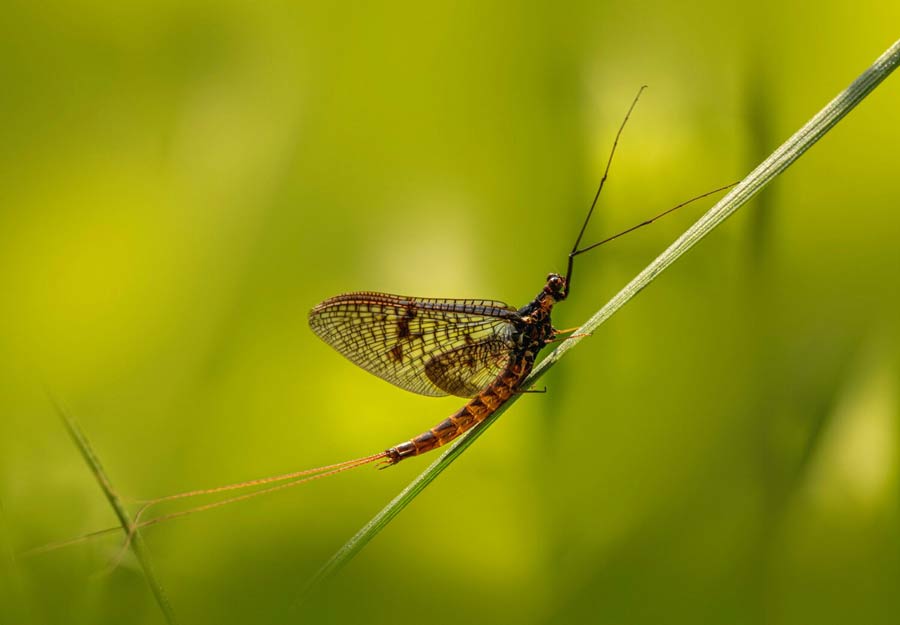

A brown drake mayfly, one of many many species not discovered within the higher East Department of the Delaware, seemingly as a result of the water is simply too chilly. Photograph courtesy of River Reporter
In 1976, New York Gov. Hugh Carey signed laws establishing minimal water flows for summer season and winter beneath the dams of the Delaware River system. Angler noticed the advantages of those new water regimes virtually instantly, within the type of greater, higher hatches of aquatic bugs. So extra water equals higher fishing, proper? Possibly not.
Within the 4 a long time since that preliminary laws, flows have been raised twice and are actually twice the unique CFS. This makes the water beneath the dam on the East Department colder for longer every summer season. Out of the blue, hatches are actually later, sparser, and in some instances virtually non-existant.
Writing in River Reporter, Tony Bonavist suggests one thing he is aware of goes towards typical knowledge: the colder water is definitely the trigger of the insect decline:
“After we focus on the life historical past of Catskill mayflies, we should remember the fact that earlier than reservoirs and chilly backside releases, all species of this order had been uncovered to excessive modifications in water temperature. Whereas winter temperatures registered within the mid-30s, summer season temperatures may rise effectively into the 80s. Consequently, Catskill mayflies developed over many 1000’s of years as organisms topic to excessive water temperature change.
When those self same species that developed below these situations had been uncovered to very chilly homogenous water temperatures of fifty levels Fahrenheit, many couldn’t survive.
Based mostly on this background info and my observations alongside the higher East Department, I imagine that the rise in chilly backside water from Pepacton Reservoir to 140 CFS throughout the summer season is simply too chilly for many species of our indigenous mayflies.”
Trending Merchandise











